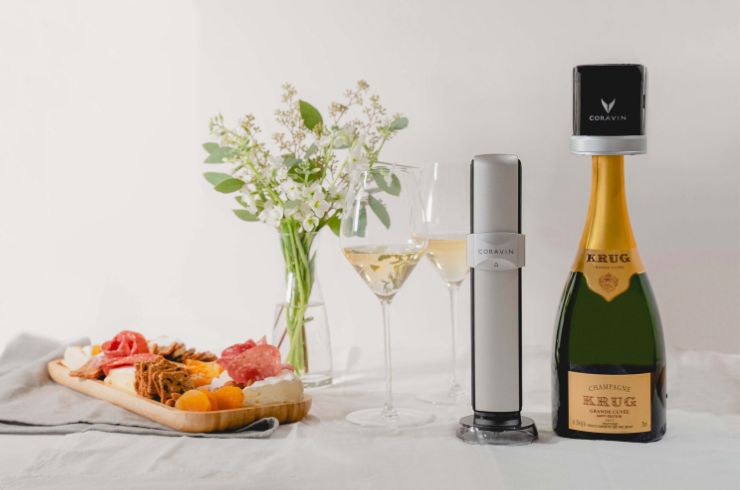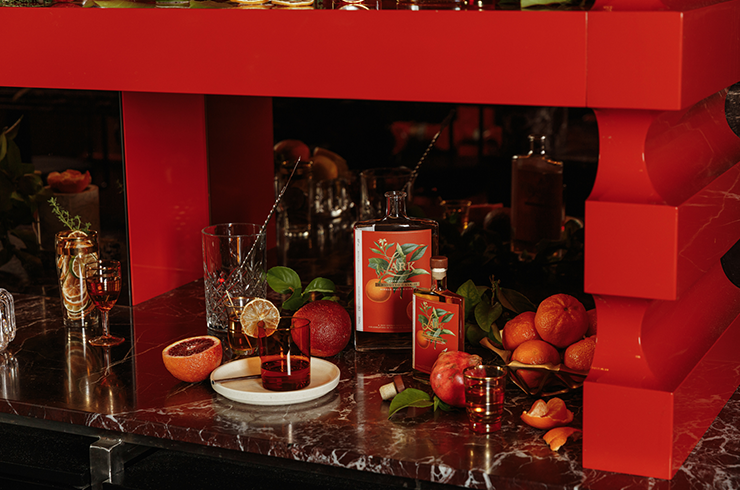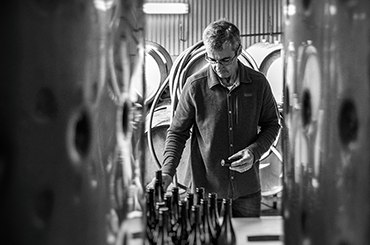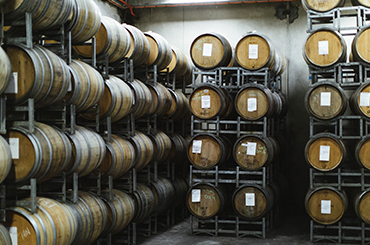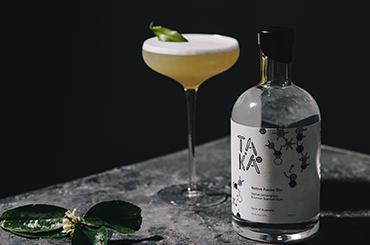There was an epoch in Australian drinking history where lambrusco wines were drunk with gusto; from backyards, poolside, picnics and parks to red-and-white-checked tablecloth suburban Italian restaurants, the ruddy-coloured, foamy, sweet sparkling reds seemed ubiquitous for casual drinking. Unfortunately, these cheap, cheerful and somewhat sugary offerings were overtaken by superior sparkling wines. It’s no wonder it got its unkind moniker of ‘Italian Coca-Cola’.
Between a sense of nostalgia and an increasing interest in appropriate-to-Australia grape varieties, lambrusco is getting a makeover. A new generation of Australian lambrusco wines, which, while taking cues from the heartland in Emilia-Romagna, Italy, is offering an increasing pedigree.
These wines feel simpatico with our interest in outdoor living, Mediterranean and Southeast Asian cuisine, seafood, sunshine, lighter and brighter, fresher wines. Easy to drink, crunchy-textured, gently savoury, pretty in perfume, vibrant and best consumed with a good chill. Ideal, really.

The Chalmers family, often regarded as the ultimate soothsayers for Italian varieties planted in Australia, first imported the varieties lambrusco maestri and lambrusco salamino in 2001. Their view was that the hardiness of the variety and its affinity with warm, dry viticulture, would be a boon for growing and making.
“Aussies secretly love a sparkling red,” offers Kim Chalmers. “Lambrusco ticks the sparkling red box but in a way more fitting for our modern food and lifestyle.”
“We’ve made traditional method sparkling as well as rosé and red wine from lambrusco maestri and they all work,” Kim says. “My favourite would be the dry, dark red sparkling; a perfectly savoury aperitif, mouth-watering and moreish.”
Winemaker Tim Ward from Tim Ward Wines also sees a bright future for lambrusco; he too sources from Chalmers. “I am trying to harness that affection for Lambrusco and provide an affordable wine that harks back to the roots of the Lambrusco styles in Emilia-Romagna, which run the gamut from still to bubbly, white, rosé, and red,” he offers. “Wines of pure fruit, bright acidity, clean and dry.”
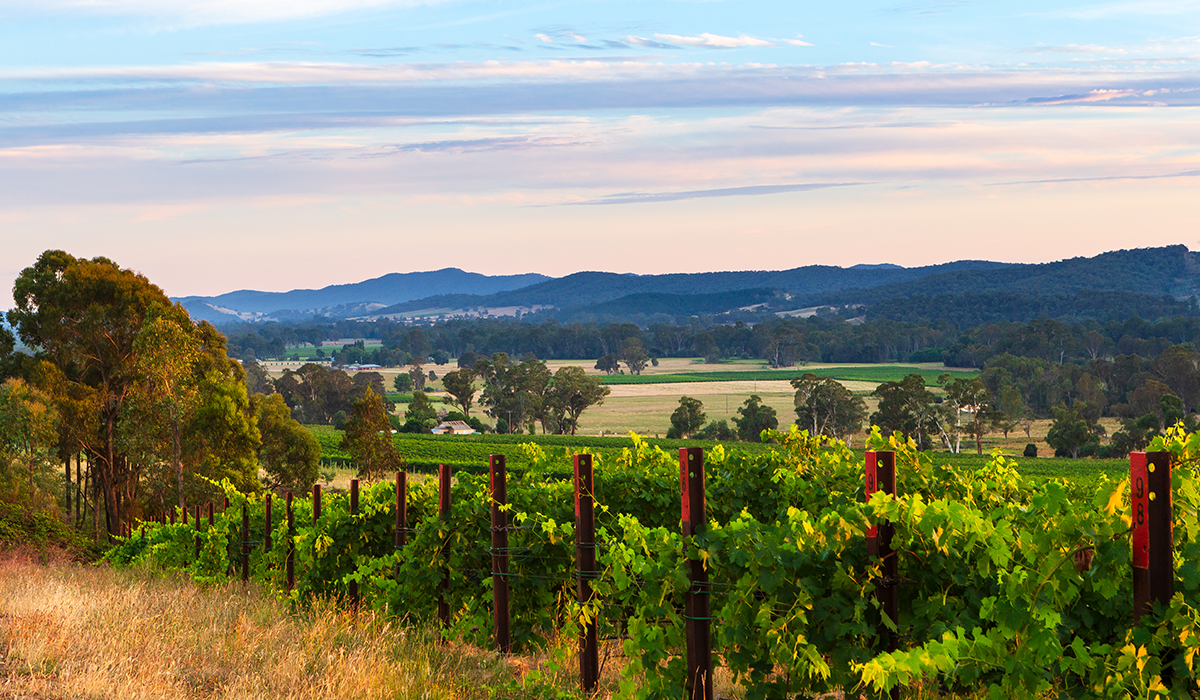
There’s an appealing rusticity in the joyous slosh of Tim’s fizzy wines. Alongside, he produces a dusty, savoury, ruddy-coloured table red from the maestri variant. “I love its lack of pretentiousness,” Tim says.
These sentiments ring true for the small coterie of Australian producers working with the variety. Pizzini in King Valley has aced a more traditional, straight down the line sparkling version. Alongside, avant garde winemakers have leaned into the lambrusco varieties for occasional pét nat sparklings, with a roll call that includes Moondarra, Solar Wines, Noisy Ritual, Vino Intrepido and Alles Klar, amongst others, delivering fun, unfettered wines built for casual drinking.
In the spirit of diversity, table wines from lambrusco grapes in Australia come off a small base but deliver intrigue and charisma, with notable releases coming from the likes of Witches Falls and Architects of Wine alongside, of course, Chalmers and Tim Ward Wines. New approaches and a revitalisation of the varieties and inherent style might be off a small base, but for lambrusco in Australia, a quiet revolution is in play.
2019 Chalmers Lambrusco, Heathcote ($43)
A brooding, rich and creamy textured sparkling red with touchstones of the variety (lambrusco maestri) in earthy savouriness, game meat and woodsy spices. Drink just off a chill.
2023 Pizzini Lambrusco Salamino, King Valley ($24)
Only two days skin contact and yet the wine is impossibly potent and rich, with dark cherry, forest berry compote, pepper, salumi and cardamom spice characters on show. Vigorous, foamy bubbles shine through.
2022 Witches Falls Wild Ferment Lambrusco, Riverland ($43)
Fruit is sourced from Riverland, the wine made at Witches Falls winery in Queensland. Sappy and savoury with sour cherry, black plum, black olive and a potent ferrous-earthy quality. Exotic and intriguing.Image credit: Pizzini.


